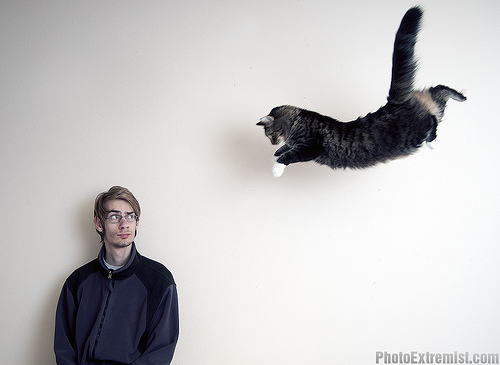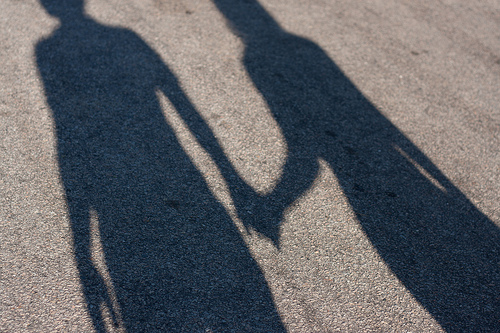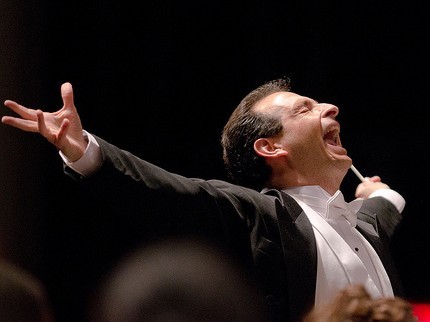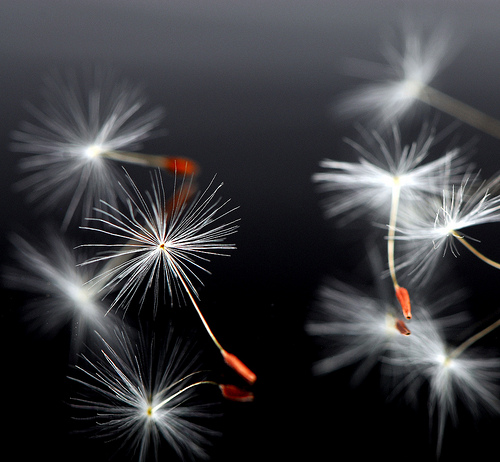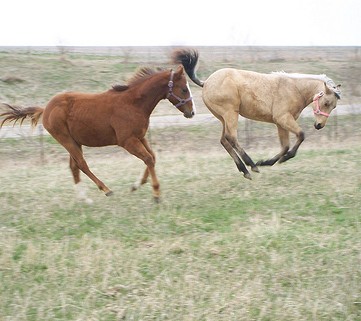Pan to Take It All In
This week we’re going to talk about PANs. No, not the things in your kitchen. A PAN is used by the screenwriter to tell the camera to move from one place to another. PAN stands for panoramic and implies the camera pivoting while mounted or on a tripod. A PAN operates in real time, showing how long it takes or how far a character has to move across a space, and it can show the spatial relationships that exist in the story.
PAN left, PAN right. Why? To get the reader to shift focus and draw her attention to some detail. It emphasizes the character noticing something. Or looking for something. Or following something.
This can include Angle On, which focuses in on one aspect of a larger scene. For example, an Establishing Shot may show a large park with a playground. The camera might Pan across the park, then Angle On the merry-go-round, where we see a little girl crying. A writer could just start the scene saying “a little girl sat crying on a merry-go-round.” But how much better visual power does it give to have your POV character enter the park, and then their “inner camera” does what the movie camera would do. The impact of the POV character’s eyes lighting on this distressed child reveals more about her character as we watch her notice the girl and react.
PAN for an Emotional Response
In Kim Edwards’s novel The Memory Keeper’s Daughter, we watch her character, Caroline, look around her room after David leaves. This is a pivotal moment in her life, and she’s aware how things now look different.
He left then, and everything was the same as it had been: the clock on the mantel, the square of light on the floor, the sharp shadows of bare branches. In a few weeks the new leaves would come, feathering out on the trees and changing the shapes on the floors. She had seen all this so many times, and yet the room seemed strangely impersonal now, as if she had never lived here at all. . . . Leave all of it, she supposed, looking around at the framed prints of landscapes, the wicker magazine rack by the sofa, the low coffee table. Her own apartment seemed suddenly no more personal than a waiting room in any clinic in any town.
We don’t just see the items in the room—we see the emotional response of her character seeing these things as the camera pans. Edwards mimics the way we might notice things around us, with Caroline lingering on the thoughts of how the trees will change through the seasons, then her attention moving across the prints and furnishings, leaving her with a feeling. And this is what good writers do—use the camera to point out specific details—but for a purpose: to lead the reader to an emotional response, heightened and amplified by specific camera technique.
A PAN Adds Visual Fluidity
A terrific example of a beautifully cinematic PAN in a novel scene is this one in Charles Martin’s novel When Crickets Cry. Martin’s character is standing on a sidewalk watching a little girl, who is selling lemonade at a makeshift stand. We don’t know barely anything about his POV character telling this story, but through the narrative, much is revealed. Martin is a master at microtension, cluing the reader in on the important pieces of the story one small bit at a time, raising questions as he answers them.
Look at how and where he positions his camera, and then how it pans, creating a tension that builds and builds as the reader begins to understand what terrible thing is about to happen. Instead of starting the action where the key moment occurs, he begins far away, with a breeze—and the camera tags along with that breeze, playing a key “character” role in what is to come.
A strong breeze fell down through the hills and blew east up Savannah Street. It ripped along the old brick buildings, up the sidewalk, through squeaky weather vanes and melodious wind chimes and across Annie’s lemonade stand, where it picked up her Styrofoam cup and scattered almost ten dollars in change and currency across the street. She hopped off her folding chair and began chasing the paper money into the intersection.
I saw it too late, and she never saw it at all.
A bread delivery truck traveling right past me down South Main caught a green light and accelerated, creating a backfire and puff of white smoke. I could hear its radio playing bluegrass and see the driver stuffing a Twinkie into his mouth as he turned through the intersection and held up his hand to block the sun. Then he must have seen the yellow of Annie’s dress. He slammed on the brakes, locked up the back tires, and began spinning and hopping sideways. The farther the truck turned sideways, the more the tires hopped atop the asphalt.
Annie turned to face the noise and froze. She dropped the money in her hand, which fluttered across the street like monarch butterflies, and lost control of her bladder. She never made a peep because the tightness in her throat squelched any sound.
The driver screamed, Oh, sweet Jesus, Annie!” He turned the wheel as hard as it would turn and sent the back bumper of the truck into the right-front panel of a parked Honda Accord. The truck deflected off the Honda just before the flat side of the panel truck hit Annie square in the chest. The noise of her body hitting the hollow side of that truck sounded like a cannon.
She managed to raise one hand, taking most of the blow, and began rolling backward like a yellow bowling ball, her hat sailing in one direction, her legs and body flying in the other. She came to rest with a thud on the other side of the street beneath a Ford pickup, her left forearm snapped in two like a toothpick. The tail end of the easterly breeze caught the bottom of her dress and blew it up over her face. She lay unmoving, pointed downhill, her yellow dress now spotted red.
I got to her first, followed quickly by the lady behind the cash register, who was crazy-eyed and screaming uncontrollably. Within two seconds a crowd amassed.
Annie’s eyes were closed, her frame limp, and her skin translucent and white. Her tongue had collapsed into her airway and was choking her, causing her face to turn blue while her body faded to sheet white. Unsure whether her spinal cord had sustained injury, I held her neck still and used my handkerchief to pull her tongue forward, clearing her airway and allowing her lungs to suck in air. I knew even the slightest movement of her neck risked further injury to her spine, if indeed her spine was injured, but I had to clear the airway. No air, no life. Given my options, I chose.
Martin moves the camera in a fluid ballet performance. First, it follows the breeze through town until it hits the lemonade stand, causing the fateful incident of Annie’s money blowing into the street. Did you notice how then the camera turns and PANS to the delivery truck, angling on the driver and panning along as it crashes into Annie? Then, with a Close-up, he brings us near enough to see Annie’s condition, prodding both his protagonist and reader toward an emotional response.
Martin could have kept the camera on the sidewalk, only documenting the moment when the money blew into the street, and Annie running out and the truck hitting her. No doubt he could have written that just as beautifully. But by adding the cinematic effects he does, he elevates this scene enormously. The wind becomes a not just a bit of weather but a key player. Did you notice how, with a touch of finality, the wind ends with a flip of Annie’s dress so that it covers her face, much like the way a sheet will be pulled over a person’s face who has just died? No doubt Martin used this image and element very deliberately. Her protagonist is a doctor—one who wants to remain incognito, but now he has a choice and has to act, which will expose his well-kept secret. He has to save a little girl’s life.
Plan to PAN
So when you are planning out your camera shots and envisioning your scenes, think about the PAN Shot. Think of where you might start the camera rolling so as to build tension and show important details that will heighten the high moment you plan to spotlight in your scene. Think of specific elements in the setting that can be used as symbols or vehicles to evoke the kind of emotion you want to draw from your reader. Panning is a sure way to supercharge your novel.
This week, pick a few scenes in your novel and look at your high moment. Think of a way to build better to that high moment by using a PAN shot. Can you perhaps start the segment in a different location, so your camera has to PAN in order to arrive at that high spot in the scene? Can you put your POV character somewhere where he has to either move or his attention has to move to come to that moment? Find a scene where the camera is stagnant, perhaps where two people are just talking. Think of a way and place to start the scene that will require your character’s attention to PAN in order to reach the climax of the scene. You can create opportunities to use a PAN this way, and by doing so will make your scenes more fluid and dynamic.

